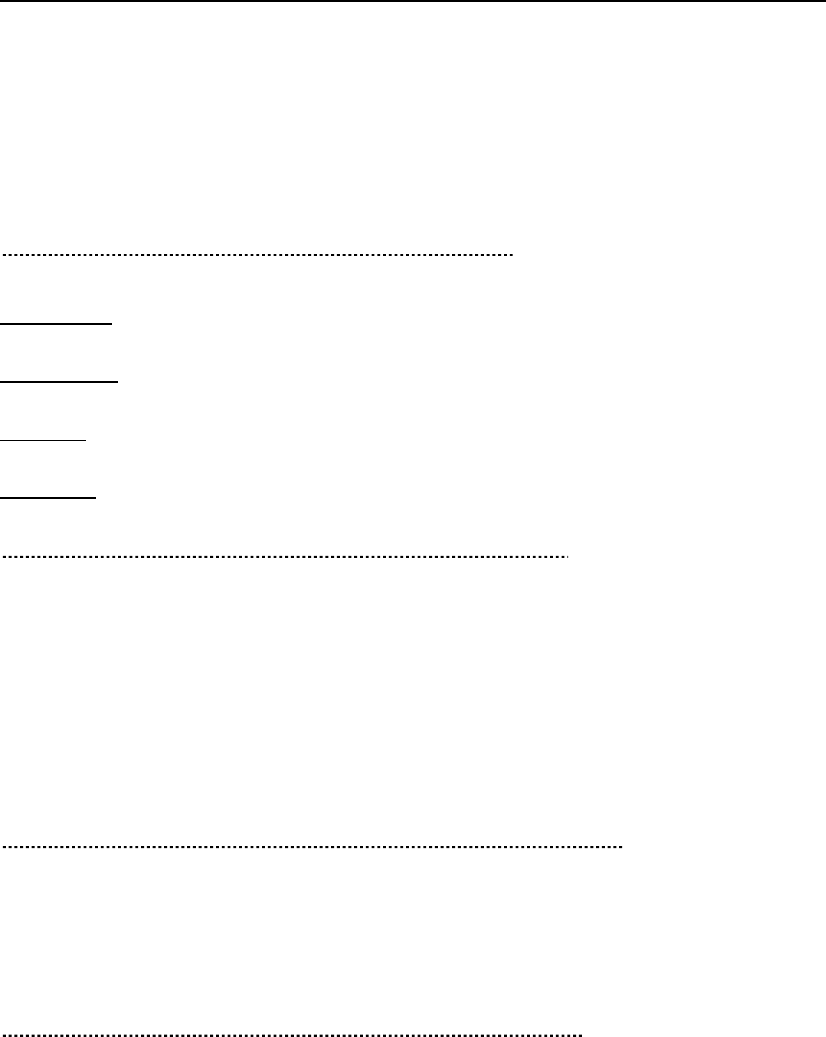SDS

Vinyl Doctor Liquid PVC
SECTION 3. COMPOSITION/INFORMATION ON INGREDIENTS
Chemical Name CAS# % SARA TITLE III PEL TLV
Acetone 67-64-1 15
Butanone 78-93-3 10
Cyclohexanone 108-94-1 15
Tetrahydrofuran (See Section 11) 109-99-9 35 Yes 200 ppm 200 ppm
Polyvinyl chloride 9002-86-2 25
Amounts specified are typical. Remaining components are proprietary, non-hazardous and/or
present at amounts below reportable limits.
SECTION 4. FIRST AID MEASURES
Emergency and First Aid Procedures.
Eye Contact: Immediately flush with large quantities of clean water for at least 15 minutes, lifting upper and
lower eyelids occasionally. Get medical attention if irritation persists.
Skin Contact: Rinse exposed area with clean water for at least 15 minutes. Remove contaminated clothing.
Launder contaminated clothing before reuse. Get medical attention if irritation persists.
Ingestion: DO NOT INDUCE VOMITING. Drink two glasses of water or milk. Never give anything
orally to an unconscious or convulsing person. Get prompt medical attention.
Inhalation: Remove person to fresh air. If breathing is difficult, administer oxygen. If not breathing, give
artificial respiration. Get prompt medical attention.
SECTION 5. FIRE FIGHTING MEASURES
NFPA Flammability Class: I B NFPA RATING (H-F-R) 1-3-0
Flash Point (PMCC) : 7 F tag closed cup.
Flammable Limits in Air: LEL = 1.8% (Volume) UEL = 11.8% (Volume)
Extinguishing Media: Dry Chemical, carbon dioxide, foam, or water fog. Class BC or ABC fire extinguisher for
surrounding areas involved in fire.
For large fires, evacuate area and call Fire Department promptly.
Special Fire Fighting Procedure: Self-contained positive
pressure breathing apparatus and protective clothing
should be worn in fighting fires involving chemicals.
Unusual Fire/Explosion Hazards: Fire hazard because of low flash point, high volatility, and heavy vapor. Irritating and toxic
substances will be emitted upon combustion, burning, or decomposition of the dry solids.
SECTION 6. SPILL OR LEAK PROCEDURES
Steps to be taken in case material is released or spilled:
Use required personal protective equipment when entering spill area. Spilled product may be extremely slippery. Contain Spill. If
spilled in an enclosed area, ventilate. Use inert material such as sawdust, or other approved inert solid to absorb spill. Do not flush
residue to sanitary sewer, surface waters or other water systems. Place residual absorbed material in appropriate containers for
disposal. Reuse of residual material is not advised.
SECTION 7. HANDLING AND STORAGE
Handling
Avoid eye and repeated or prolonged skin contact. Avoid inhalation and ingestion.
Wash thoroughly after handling this product. Dried product on skin may be difficult to remove with normal soap and water. Use an
approved waterless hand cleaner if available.
Avoid contact with unprotected clothing since dried residues of this product may be difficult or impossible to remove.
Storage
Preferred storage is between 60 and 100 deg. F. Keep Containers closed when not in use.
Protect from moisture contamination. If container is to be returned or recycled, make sure container is empty. Do not reuse container
or allow unauthorized use of empty containers. Recycle or disposed of empty containers with approved agencies.
Page 2 of 4




